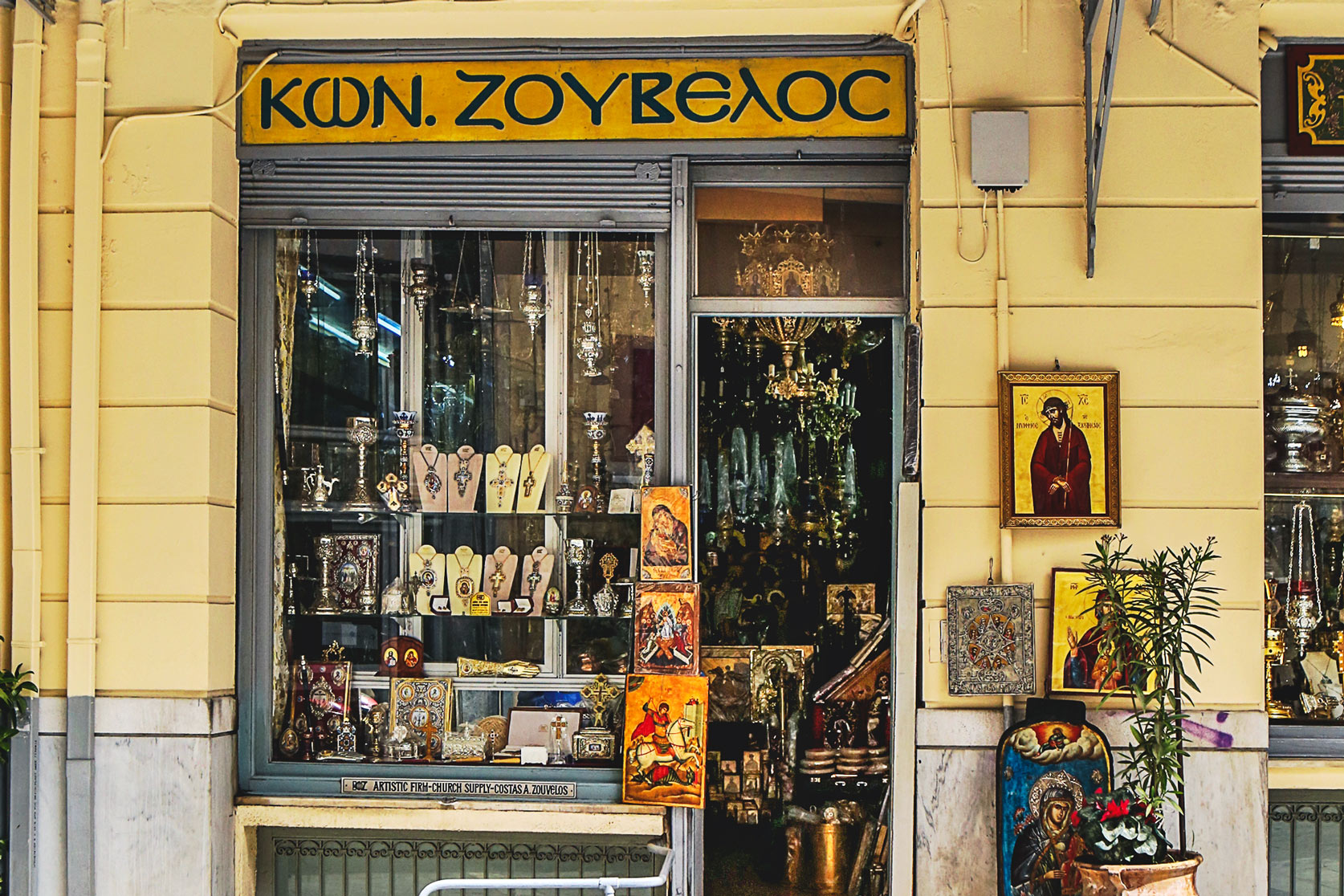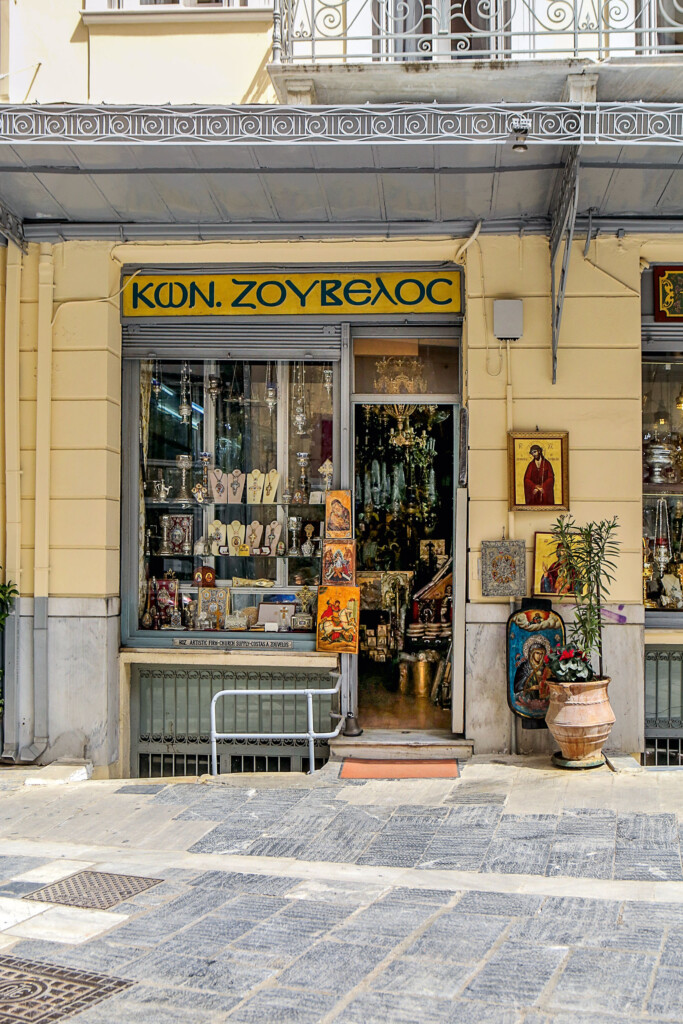The 15th of August is one of the biggest religious celebrations in Greece, as it’s a national holiday celebrating the Feast of the Dormition of the Theotokos (Virgin Mary).
On this day thousands of pilgrims from Greece and overseas make their way over to Tinos to visit Panagia Evangelistria, also known as the Lady of Tinos, who is the Patron Saint of Greece. Known for many miracles, people come to pay their respects and to also pray for Panagia to intercede for them.
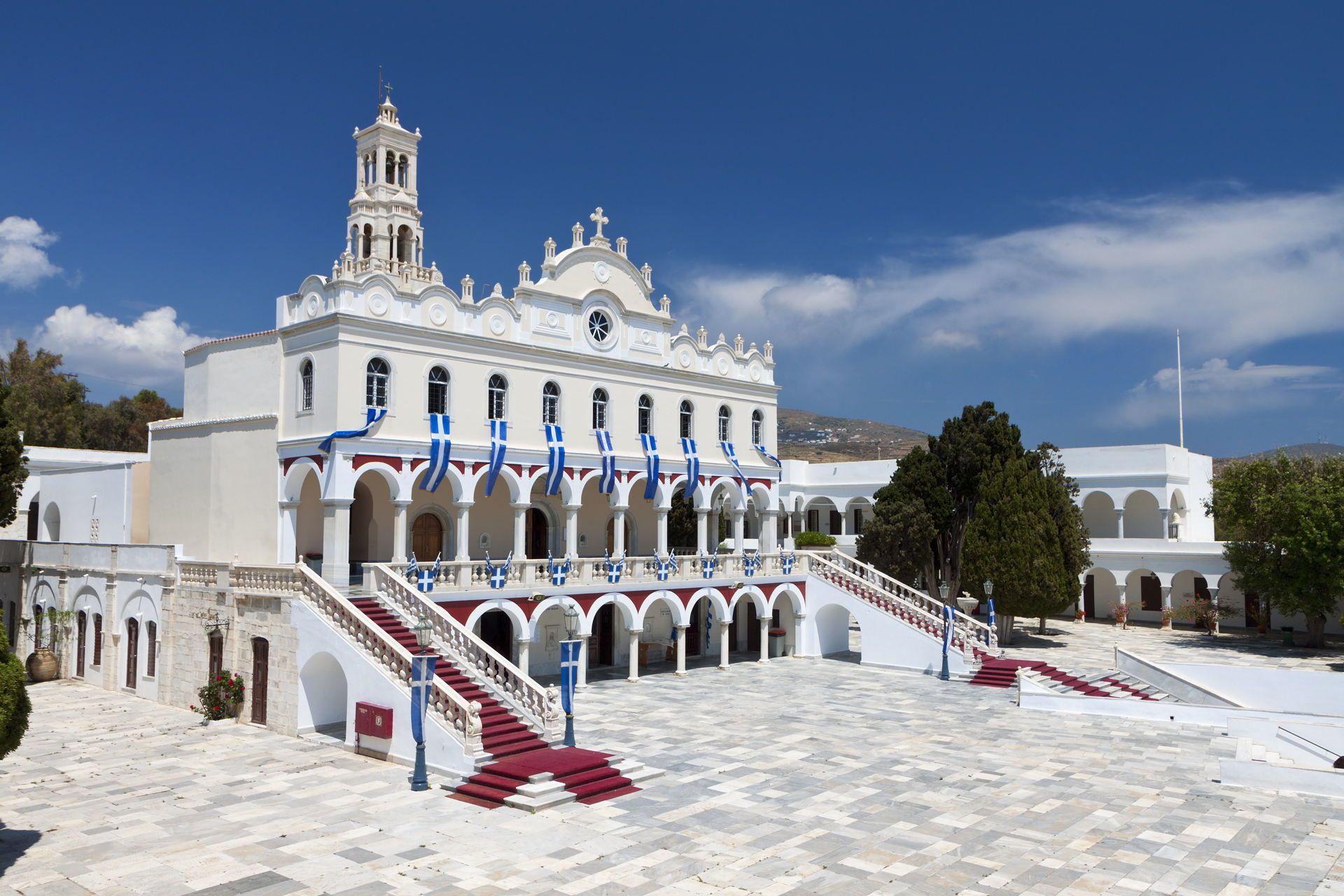
History of Panagia Evangelistria
In July 1822, a nun named Pelagia, who lived in a monastery in Tinos, had a dream of Panagia (Virgin Mary). In the dream, Panagia explained that Her miraculous icon was buried in a field and asked Pelagia to organise the excavation of the holy icon and the construction of a church. Soon afterward, the procedures began and the Metropolitan Bishop, along with authorities and the locals of Tinos all became involved in the search.
On January 30, 1823, the miraculous icon came to light. It depicted the Annunciation of the Virgin, along with the Archangel Gabriel. Locals also discovered a spring of holy water on the site. The imposing Church of Evaggelistria was built at this site where the Icon of the Annunciation of the Virgin Mary (Evaggelismos) was discovered.
The Holy Icon of Panagia Tinos
The icon was unearthed at the time of Greece’s Independence War against the Ottoman Empire and its discovery was seen as a miracle and message from Panagia. Immediately after the discovery, the message rapidly spread throughout Greece and people arrived from every corner of the country to worship the Holy Icon and pray for the liberation of the Nation. Important historical figures of the revolution arrived at Tinos to pay respect to the icon.
The Church
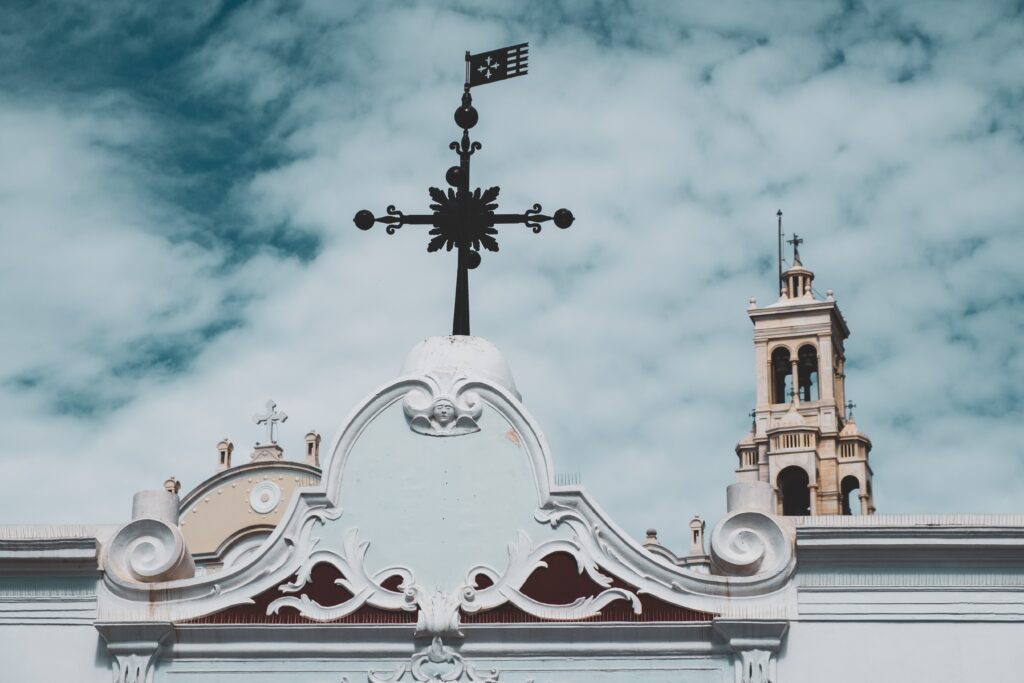
The Panagia Tinos church was built on the exact site where the icon was discovered and the materials used included marble from the nearby island of Delos. The construction of the Panagia Tinos church was completed in 1826 and the wonderful courtyard was finalised several decades later, in 1880.
Located on a prominent site in the Hora of Tinos, the Holy Church is a three-aisled Basilica with a cupola over the Holy Altar. It consists of two five-arched colonnades with four marble columns each.
When entering the church from the central gate, to the left of the entrance you can see the iconostasis where the miraculous icon of the Virgin Mary is kept, which is surrounded by votive offerings (small metal plaques) left by pilgrims.
The Church remains to this date without substantial changes, except for the main facade and the bell tower. Next to the Church to the west, is the old (pre 19th century) Church of John the Precursor. The bell tower stands dominant and imposing and today it stands 29 metres high and it has retained its original stone base.
The Holy Icon inside Panagia Evangelistria
Today, you will find the miraculous icon on your left-hand side upon entering the main church. You will also see many votive offerings that have been left by pilgrims.
Red Carpet Panagia of Tinos
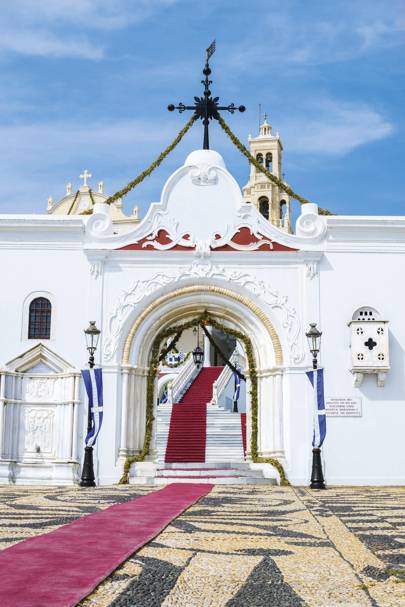
The church of Panagia is located up on a hill in Chora and as you make your way over you will find a long red carpet stretching across the town, all the way from the church entrance down to the port. The carpet has been made for people visiting Tinos on a pilgrimage. Many of them head towards the church of Panagia on their hands and knees, as they make their way over to pray to Panagia.
Zoodohos Pigi (Life-giving Spring)
This church is located directly beneath the Church of Evangelistria and is the exact site of the discovery of the holy Icon, above which the church was built. The first arcade, where the holy water is kept, is also the location where the Holy Icon was discovered.
Museums and collections
Surrounding the church you will find many museums and exhibits that feature important icons collected by the Holy Foundation from the Parish Churches of Tinos, promoting the island’s tradition of Orthodox Iconography. It includes icons that are the product of dedications made by the faithful from various places, as well as the wooden carvings, engravings, and ecclesiastical relics. In other spaces around the church, you can also see works of ecclesiastical silver smithery and gold embroidery, exhibited in elegant showcases
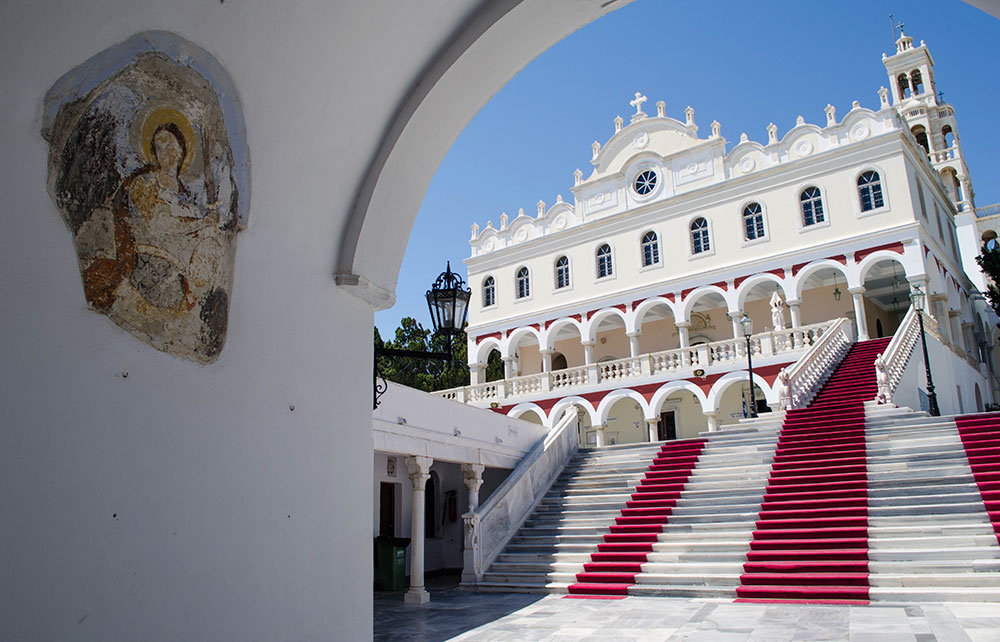
Small Chapel
There is a small chapel located in the exterior central entrance of the complex, where pilgrims may light their candles, as this is not permitted inside the main Church in order to protect it.
Guesthouses
Guesthouses are located nearby, and each pilgrim may be accommodated free of charge for up to three days.
Tips for travelling to Panagia Tinos
-When you take a ferry to Tinos you will arrive at the main port. The church sits at the top of a hill, about 800 metres away.
-August and especially August 15, is the most popular time for visitors, so if you would like to avoid the crowds it is best you visit during another time.
– When visiting the church keep in you must dress appropriately; knees and shoulders must be covered.
Getting there
Tinos can be reached from both Piraeus and Rafina ports in Athens, but Rafina is a better choice if you’re going direct from Athens airport. Tinos is 3 hours and 40 minutes by ferry from the port of Rafina, a 30-minute drive from Athens airport. From Piraeus, you will need 4-5 hours to reach Tinos. If you don’t want to pass by Athens, you can take a flight to Mykonos and then you will reach Tinos by boat in 20 minutes.

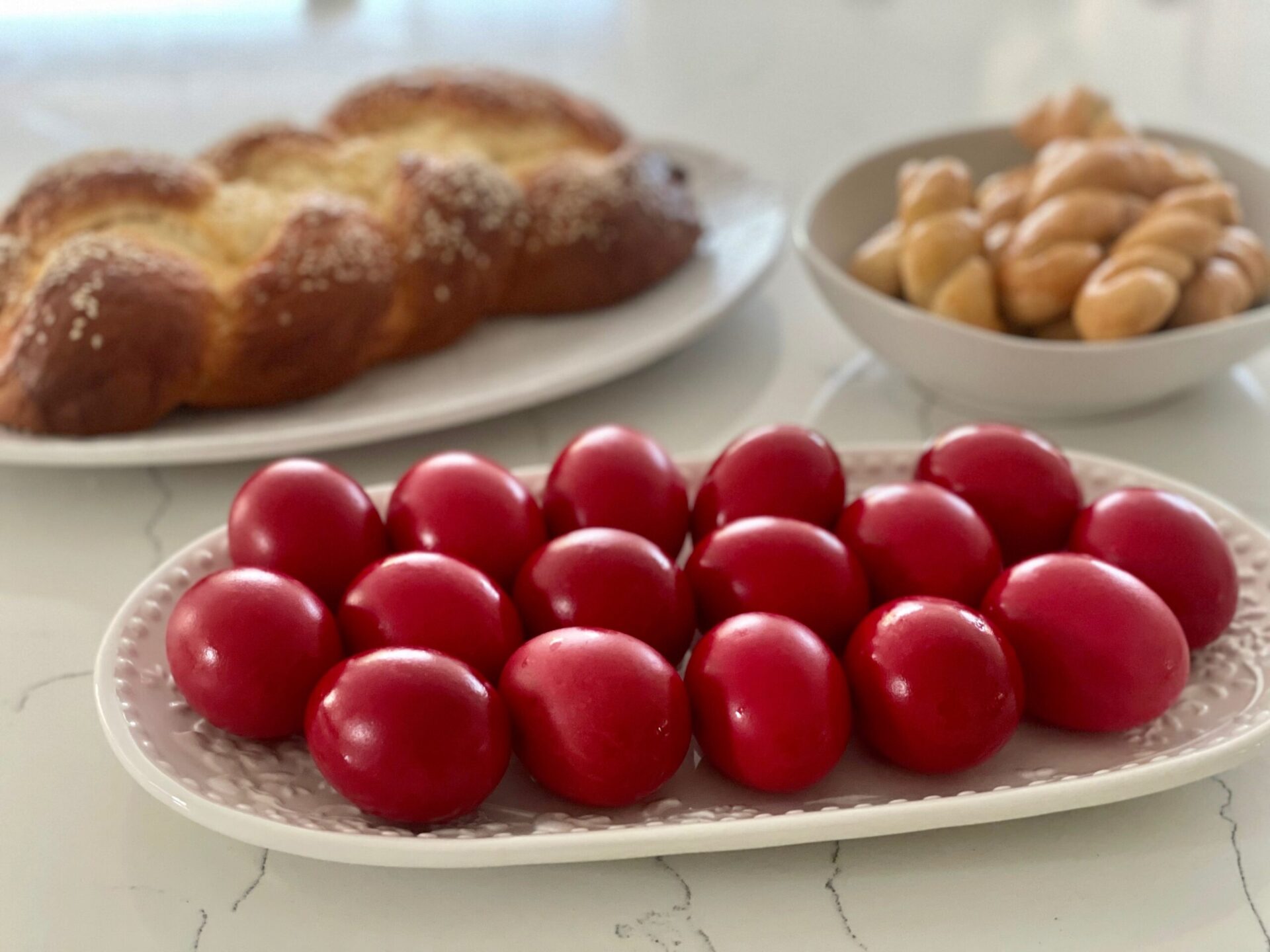
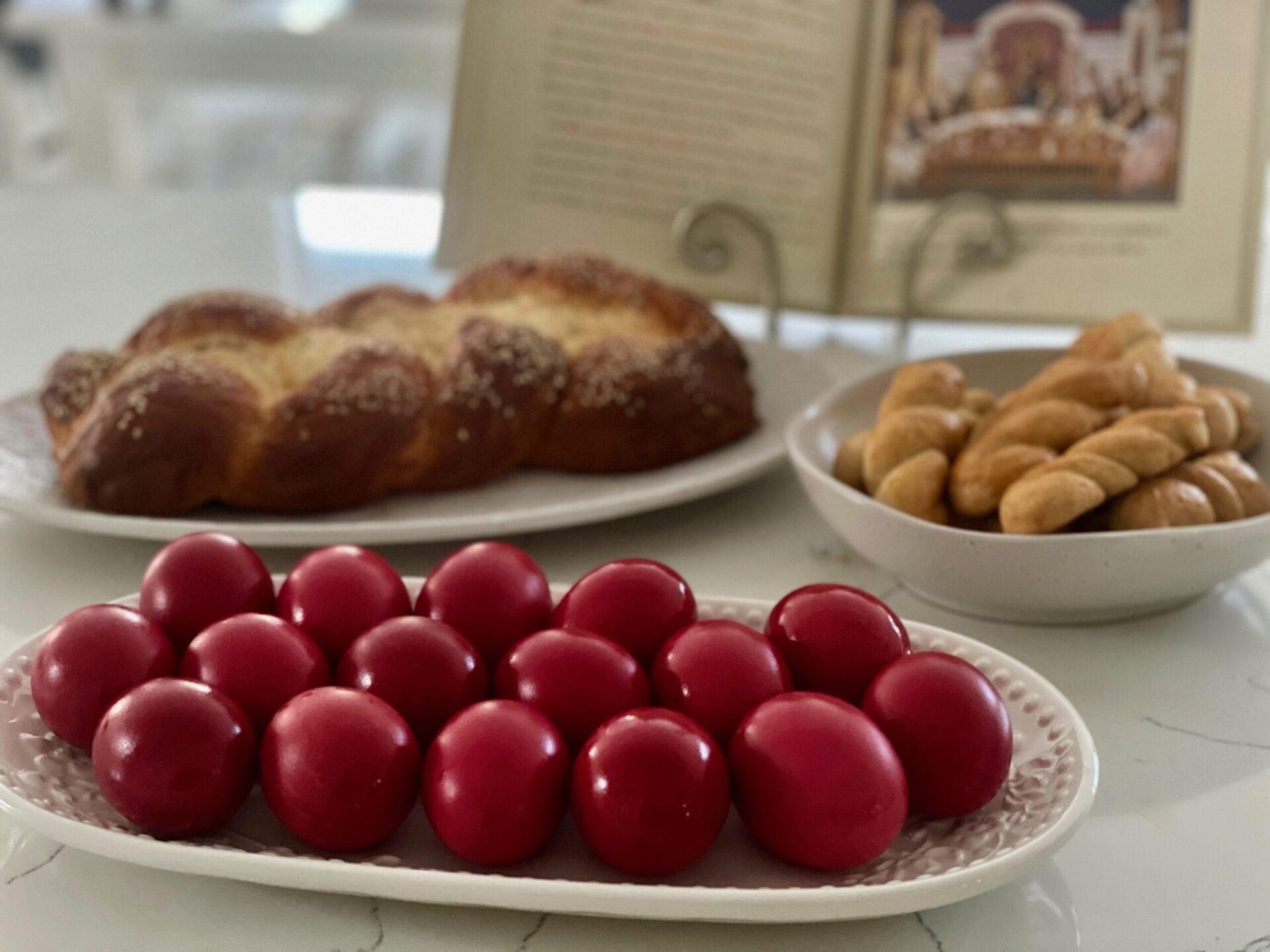 Ingredients
Ingredients 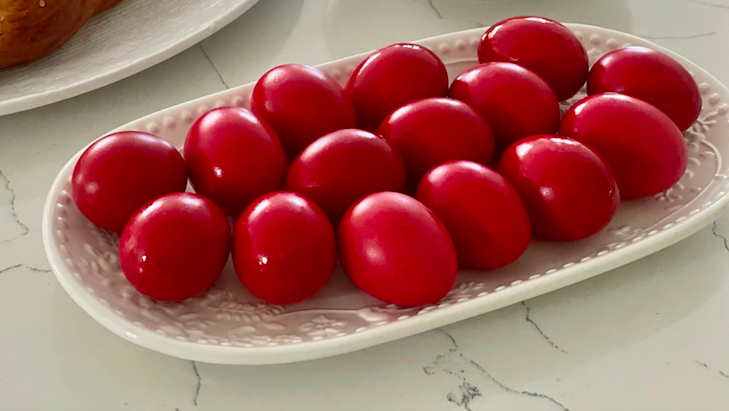 -Always wash eggs before boiling to ensure the shell is clean.
-Always wash eggs before boiling to ensure the shell is clean. 


